|
#1
| |||
| |||
|
I am looking for the question paper for the MBA examination of ICFAI University??
|
|
#2
| |||
| |||
|
Here I am giving you previous year question paper for the MBA examination of ICFAI university in PDF file with it so you can get it easily.. Some questions are given below: 1. As per exchange control regulations, licenses are issued for import of goods into India for ______ value. (a) FOB (b) C&F (c) CIF (d) FOB value plus 21.125% (e) Cost plus 20%. 2. Which of the following is not an external hedging technique? (a) Forwards (b) Exposure netting (c) Futures (d) Options (e) Money markets. 3. The system in which the exchange rates are determined by the demand and supply position for the currencies in the foreign exchange market is known as (a) Target zone arrangement system (b) Crawling peg system (c) Fixed exchange rate system (d) Floating exchange rate system (e) Currency board system. 4. Dumping means (a) Destroying the goods to create scarcity (b) Throwing the goods into the sea to create scarcity (c) Donating the goods to least developed countries as charity (d) Selling the goods at actual cost (e) Selling the goods below the cost. 5. An exporter requested his banker to quote a rate for his receivable of $10,000. The banker agrees to quote the rate relying on the inter bank rate for dollar that is Rs.48.75/77$ by loading a margin of 0.15% on the rate. The rate quoted by the banker is (a) Rs.48.68/$ (b) Rs.48.70/$ (c) Rs.48.82/$ (d) Rs.48.84/$ (e) Rs.48.83/$. 6. Which form of purchasing power parity refers to the Law of One Price? (a) Numerical form (b) Relative form (c) Accounting form (d) Absolute form (e) Expectations form. 7. Under which of the following International Commercial Terms (INCOTERMS), the seller places the goods at his premises at the disposal of the buyer or any other named place, say factory, warehouse etc? (a) Cost and Freight (CFR) (b) Carriage paid to (CPT) (c) Ex works (EXW) (d) Free carrier (FCA) (e) Free on Board (FOB). 8. For compilation of Balance of Payment(BoP) India follows the principles laid down by the I. The Income Tax Act. II. The Foreign Trade (Development and Regulation) Act. III. The IMF manual. IV. The Foreign Exchange Management Act. (a) Only (I) above (b) Only (II) above (c) Only (III) above (d) Both (I) and (IV) above (e) Both (II) and (IV) above. 9. Which of the following statements is true when a country has a current account surplus in its balance of payment account? (a) Country is not a net lender to the rest of the world (b) Country would need not borrow from outside to build-up its productive capabilities in order to achieve high rates of growth (c) Country is living above its means (d) It is not beneficial for a developing country (e) Country is consuming as much as it is producing. 10.Consider the following rates quoted in Chennai forex market: Rs./€ : 62.36/38 €/£ : 1.1761/63 The synthetic quotes of Rs./€ are (a) 73.34/73.38 (b) 53.02/53.03 (c) 0.0301/0.0313 (d) 53.80/53.84 (e) 73.75/73.78. 11.If there are no barriers to trade among the member countries and the external barriers for non-members are also common, then this form of trading block falls under (a) Free trade area (b) Common Market (c) Customs Union (d) Economic Union (e) Autarky. 12.Which of the following is false about a forward contract in foreign exchange? (a) A forward contract can be either outright forward or option forward (b) It is an agreement where the parties agree to buy or sell a currency at a future date (c) The future date should be beyond one month from the date of contract (d) The price of the currency is fixed at the time of contract (e) The terms of delivery and payments are also fixed at the time of contract.
__________________ Answered By StudyChaCha Member |
|
#4
| |||
| |||
|
The Institute of Chartered Financial Analysts of India is better known as ICFAI. This institute offers many program like MBA, Engineering As per your demand here I am providing you the previous year papers of ICFAI University. ICFAI University MBA Previous Paper 1. The ethical decision-making model recommends a step wise process. Which of the following is not a step in the Ethical decision making process? (a) Judging the decision (b) Establishing a moral intent (c) Evaluating the decision (d) Engaging in ethical behavior (e) Problem recognition. 2. The stakeholders of an organization are all those who participate in some way in the activities of the organization. According to Freeman and Reed, stakeholders may be I. Any group of people who have a stake in the business. II. Those who are vital to the survival and success of the organization. III. Any group that is affected by the activities of the organization. (a) Only (I) above (b) Only (II) above (c) Both (I) and (III) above (d) Both (II) and (III) above (e) All (I), (II) and (III) above. 3. The manner in which a business deals with its employees is a clear indication of its ethical character. Ethics in personnel function deals with all the issues in the relationship between the employee and the business. Which of the following is not an ethical issue in human resource management? (a) Retrenchment (b) Employment contract (c) Equality of opportunity (d) Remuneration (e) Hiring. 4. Moral standards deal with right and wrong behavior and law compels individuals to act in the “right” or desired manner. Considering the relationship between moral standards and legal requirements, which of the following are the requirements laid down to develop a fair law? I. Laws and moral standards overlap to a certain extent. II. The law always represents collective moral judgment. III. The requirement of law tends to be positive while moral standards tend to be negative. IV. Law represents a minimum set of standards for generating human behavior in society. (a) Both (I) and (IV) above (b) Both (II) and (III) above (c) Both (III) and (IV) above (d) (II), (III) and (IV) above (e) All (I), (II), (III) and (IV) above. 5. Fair economic competition is one of the basic requirements for increasing the wealth of nations. Therefore, the responsibilities of the organization towards the competitors should not be which of the following? (a) Foster closed markets for trade and investment (b) Promote competitive behavior that is socially and environmentally beneficial (c) Refrain from either seeking or participating in questionable payments (d) Respect both tangible and intellectual property rights (e) Refuse to acquire commercial information by dishonesty. 6. Organizations, after they identify and are able to clearly state its values, will be in a position to train its employees to deal with ethical dilemmas. The step-by-step process that will help employees resolve ethical dilemma is known as (a) Altruism (b) Believe (c) Credos (d) Deontology (e) Espoused values. 7. Ferrell and Gresham have identified various factors that determine he code of ethics framed by marketer. Which of the following factors refer to the extent to which reference groups, top management and peers influence the marketer? (a) Individual factors (b) Consumers factors (c) Significant factors (d) Organizational factors (e) Opportunity factors. 8. Different social laws of states and nations that govern occupational safety and environmental standards is an example of (a) Law of economies (b) Company law (c) Law of the jungle (d) Law of conservation of energy (e) Industrial law. 9. Which of the following implies, adopting the norms of the country, in which an organization operates its business? (a) Stakeholder theory, strategy and ethics (b) Loyalty contract (c) Psychological contract (d) Cultural relativism (e) Leveraged buy-outs. 10. The effectiveness of an organization nowadays depends on its ability to develop itself into a social organization. As a result, organizations have evolved overtime to perform a number of functions or tasks in society. Which of the following tasks of organizations is related to creation and maintenance of wealth? (a) Financial tasks (b) Economic and production tasks (c) Maintenance tasks (d) Adaptive tasks (e) Social tasks. 11. Carbon intensity levels are high in India when compared to other Asian countries. Which of the following is/are the reason(s) for increase in carbon intensity level? I. Increase in industrial activity. II. Absence of energy and conservation measures. III. Indian economic policies like low import tariffs on high-quality coal. IV. Subsidies on low-quality coal. (a) Only (II) above (b) Only (III) above (c) Both (I) and (IV) above (d) (I), (II) and (IV) above (e) All (I), (II), (III) and (IV) above. 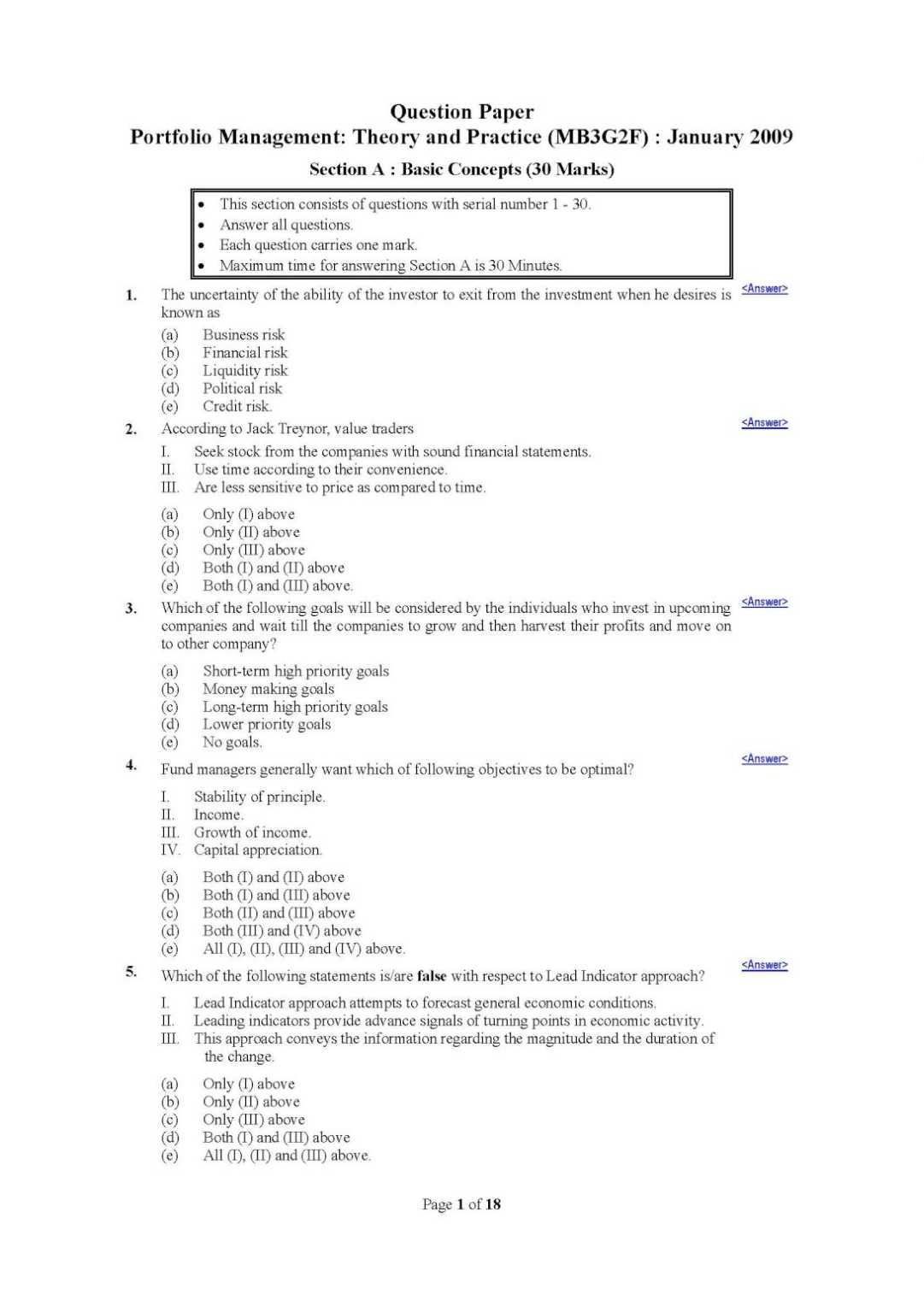 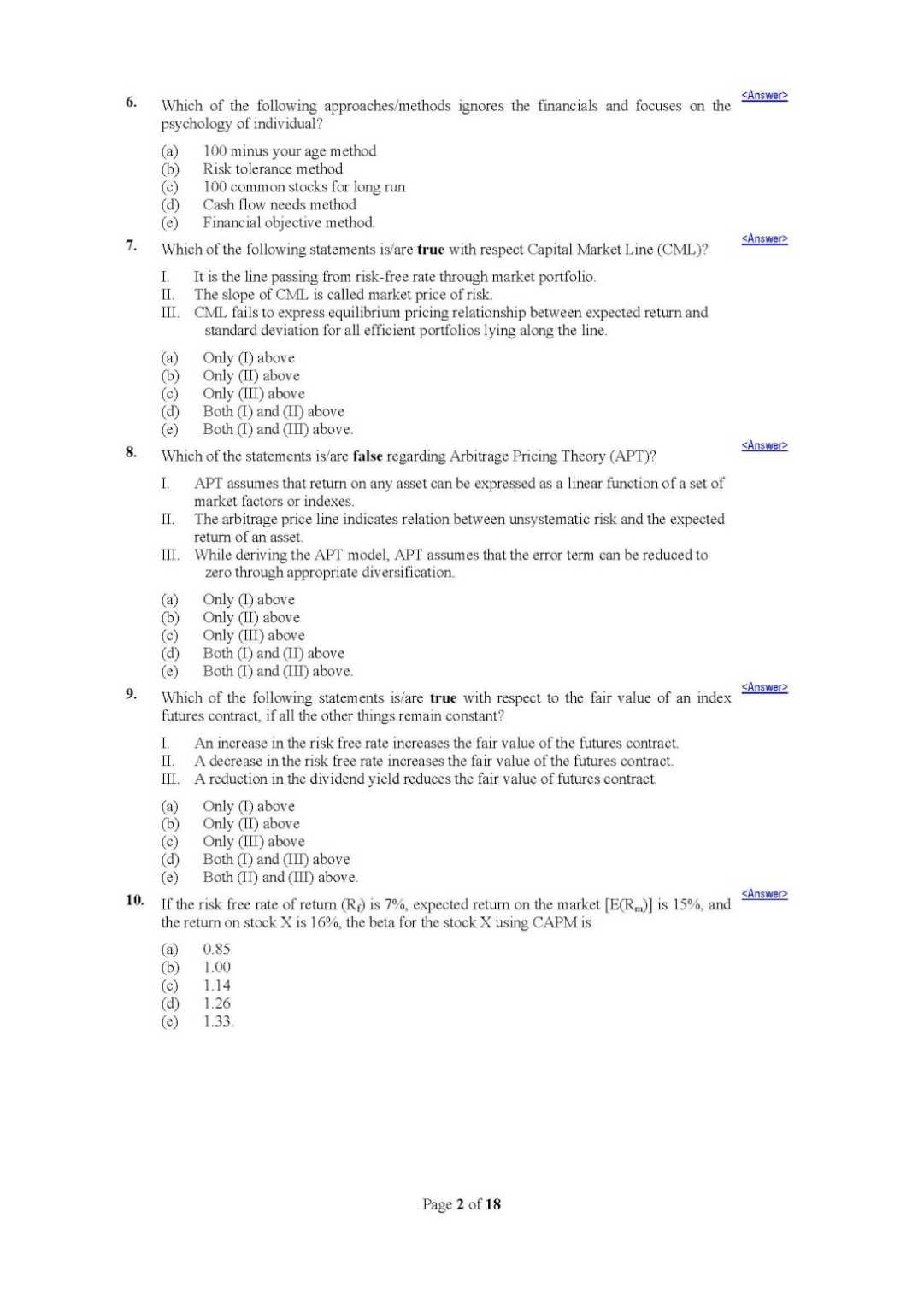 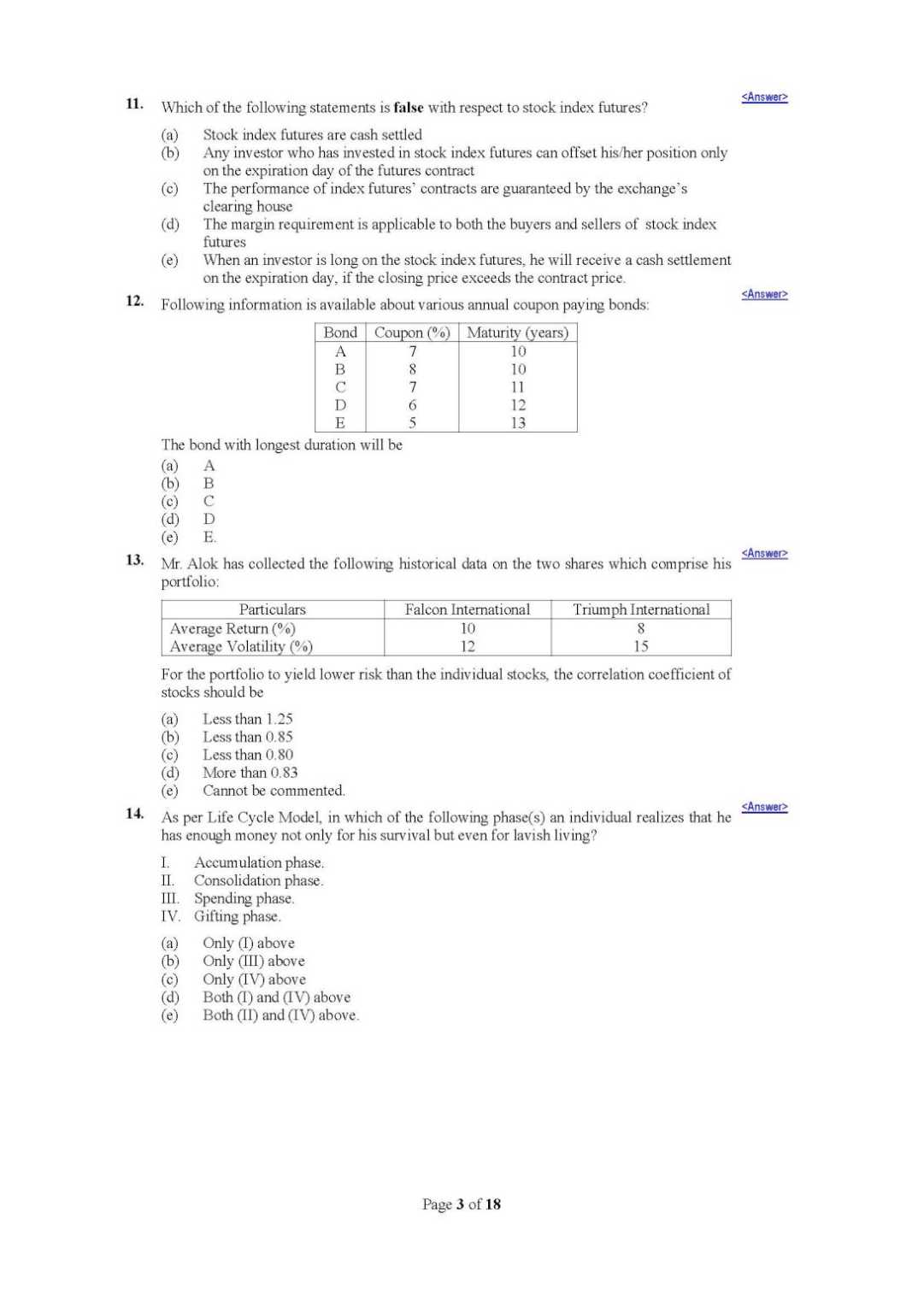 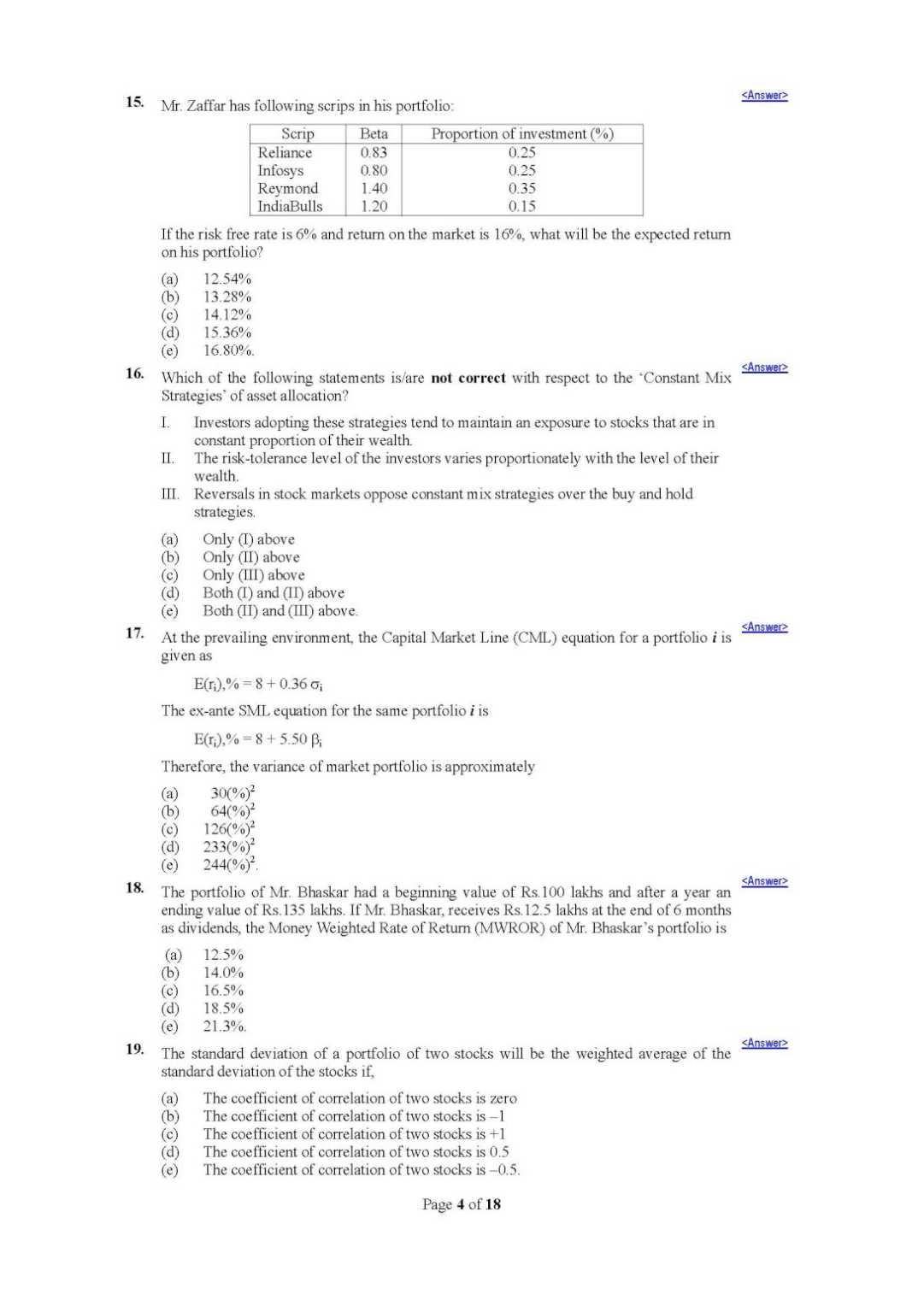 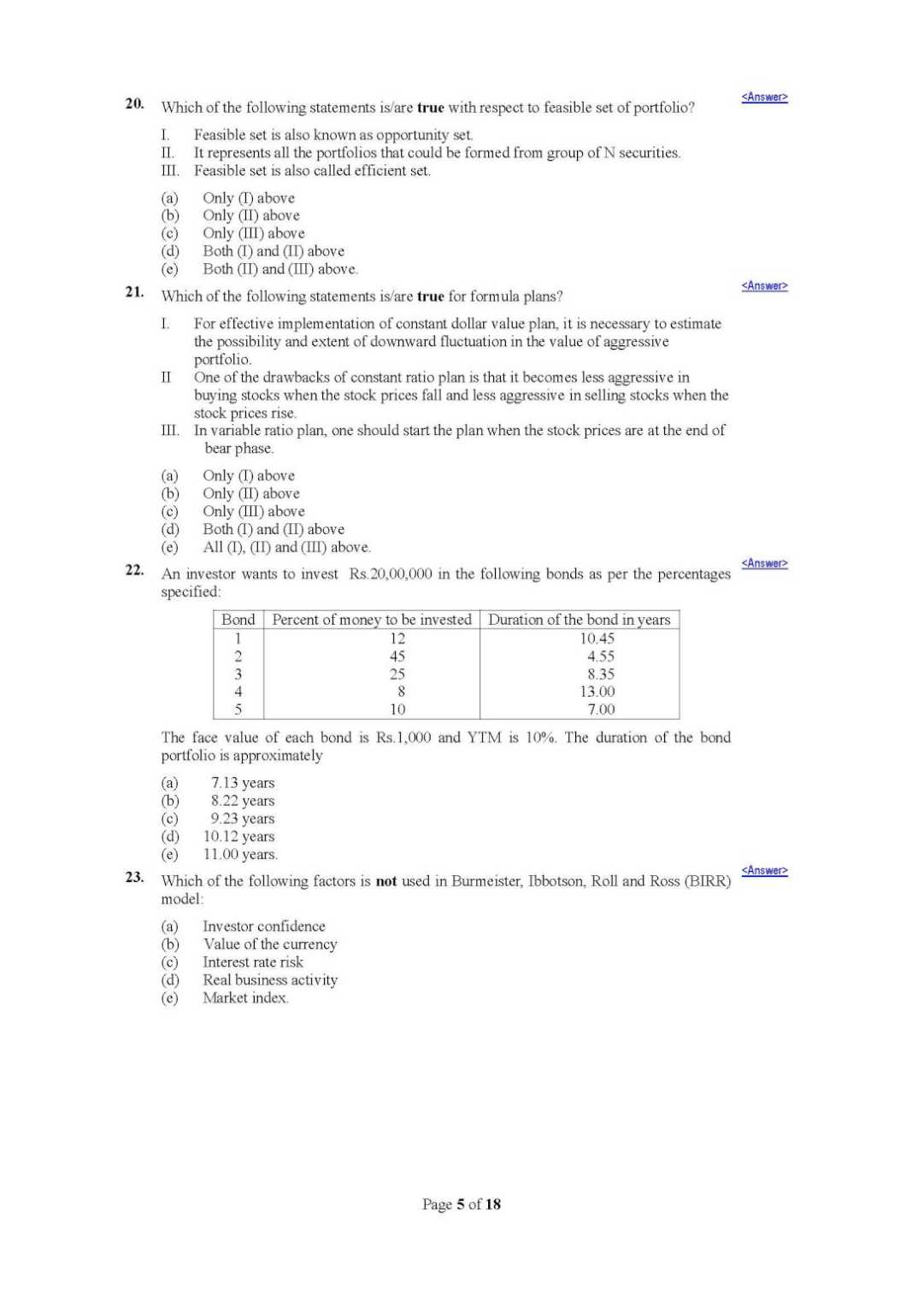 Now I am giving you the pdf file attachment for more questions
__________________ Answered By StudyChaCha Member |